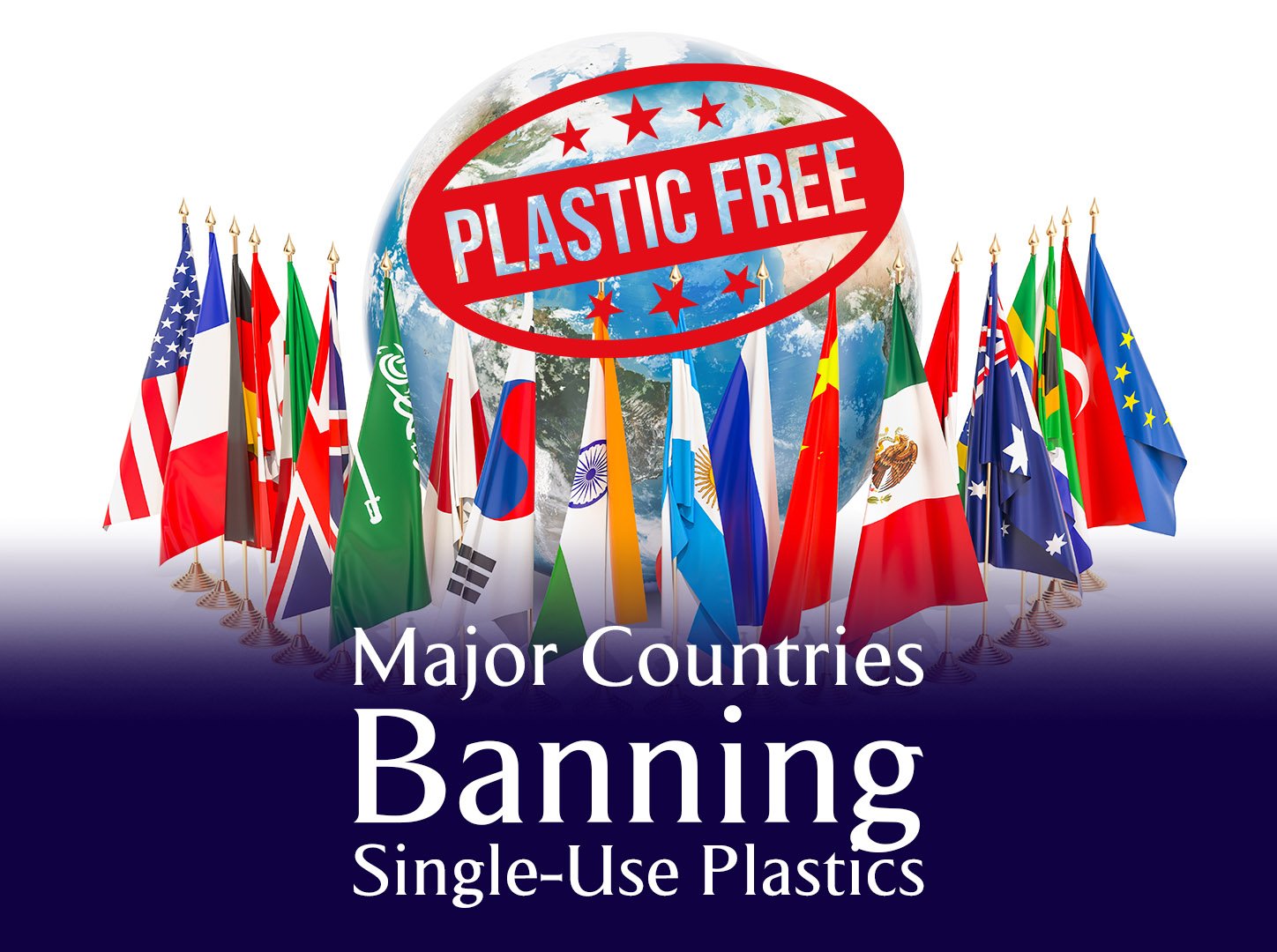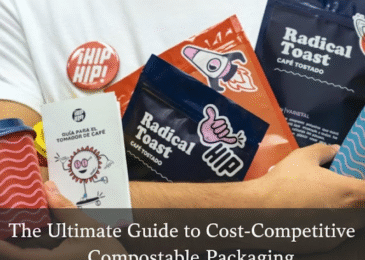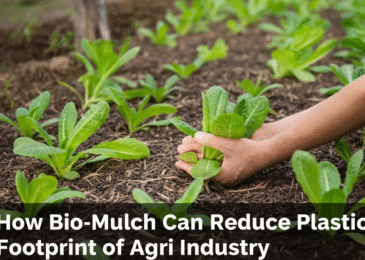If you walk into a store today, you’ll notice fewer plastic bags, fewer disposable straws, and a lot more conversation about the future of plastic.
Why?
Because single-use plastics have become one of the most urgent environmental challenges of our time.
With over 90 countries cracking down on disposables, we are witnessing a genuine shift in how the world thinks about waste and pollution.
Read along to find the major bans on single-use plastics in all major countries in recent years.
Which countries have banned single-use plastics?
Here is an image that shows plastic bag bans by countries from the data of a 2017 study in the Marine Pollution Bulletin.

Since 2017, many countries have adopted stronger policies but the overall trends remain the same. As you can see, interventions were limited in North America and widespread in Europe.
This is also true for most single-use plastic bans today. Bans on plastic bags were increasing in Asia, Africa, and Australia.
Now, after eight years, the trend for regulations against other single-use items is following similar patterns in most countries.
Over 90 countries and territories have taken steps to ban or restrict single-use plastics (SUP) and other disposable items. Let’s look at such legislation in all major countries in our five major continents.
Single-Use Plastic Bans in Major Countries in Africa
Africa has led from the front.
Rwanda banned plastic bags of less than 60 microns with ‘Law N57/2008’. They expanded it in 2019 to cover more items, including SUP cutlery and PET bottles.
Today, importation, manufacturing, sale, and use are prohibited in most commercial contexts, and carrying a plastic bag can get you a US$60 fine.
Kenya followed with perhaps the strictest penalties.
After 2017, plastic bags became ‘contraband.’
Manufacturing or using a plastic bag can mean up to four years in jail or a fine of US$40,000 in the country. They also expanded the SUP ban to include other items like bottles, plates and cutlery in certain protected areas.
This 2020 ban restricts visitors from carrying these items into National Parks, beaches, forests and conservation areas.
Europe
Most EU countries have either banned or taxed plastic bags under the SUP ‘Directive (EU 2019/904)’, which was enforced in 2021.
The EU directive bans single-use plastic straws, cutlery, plates, and foam containers across all member states. But some countries, including France, went further to ban lightweight bags entirely.
The EU also amended the 2019 Directive in 2024 to set a series of ‘Packaging & Packaging Waste Regulation (PPWR).’
The new regulation will be implemented in 2026, with room for 30 more pieces of legislation till the end of this decade.

The UK’s single-use plastic bag use fell by 98% after a ‘5p charge’ was introduced in 2015. In 2020, straws, stirrers, and cotton buds were also banned in the country.
The SUP bag charge was further increased to 10p and expanded to all businesses in 2021. In 2023, single-use cutlery and foam items were also out under the Environmental Protection Regulations.
Asia
China plans to phase out plastic bags in all cities by 2025. The law covers takeaway straws and courier packaging.
A ‘New Green Regulations on Courier Packaging’ regulation is also in the works to take effect in July 2026. It plans to reduce packaging waste by limiting excessive wrapping, restricting plastic tape, and mandating recyclable materials.
Meanwhile, India banned 19 categories of single-use items in 2022, from straws and earbuds to ice cream packaging. The ‘Plastic Waste Management Amendment Rules’ were implemented gradually, as highlighted in the image below.
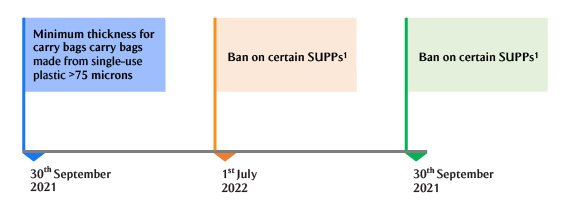
Penalties in India include fines or imprisonment under the Environment Protection Act. However, the enforcement varies across states.
The Americas
Canada moved in 2022–23 to ban bags, straws, takeout containers, and more. The ‘Single-Use Plastics Prohibition Regulations’ (SUPPR) prohibit manufacture/import, with sales restrictions by 2025.
However, a court challenge has put parts of the law on hold.
The USA has no national ban on plastic items. But 12 states and over 500 cities in the country have their own restrictions.
California’s ‘Reducing and Preventing Plastic Pollution’ laws seek to ban all plastic shopping bags statewide by 2026. It also puts restrictions on polystyrene and foam food containers.
Fines for non-compliance can be up to US$50,000 per day for serious violations under the law.
In Latin America, Chile was the first to commit to broadly phasing out single-use food and beverage plastics. A national ban on bags, straws, and takeout containers began in 2022–23. Mexico City also has local bans on bags (2020), straws, and cutlery (2021). These have inspired other Mexican states to follow suit.
Australia
In Australia, every state and territory now bans plastic bags. For instance, South Australia passed the ‘Single-use and Other Plastic Products (Waste Avoidance) Act 2020’ to ban SUPs and other plastic products.
To help you put things in context, here is a summary list of single-use plastic bans in all major countries as of 2025.
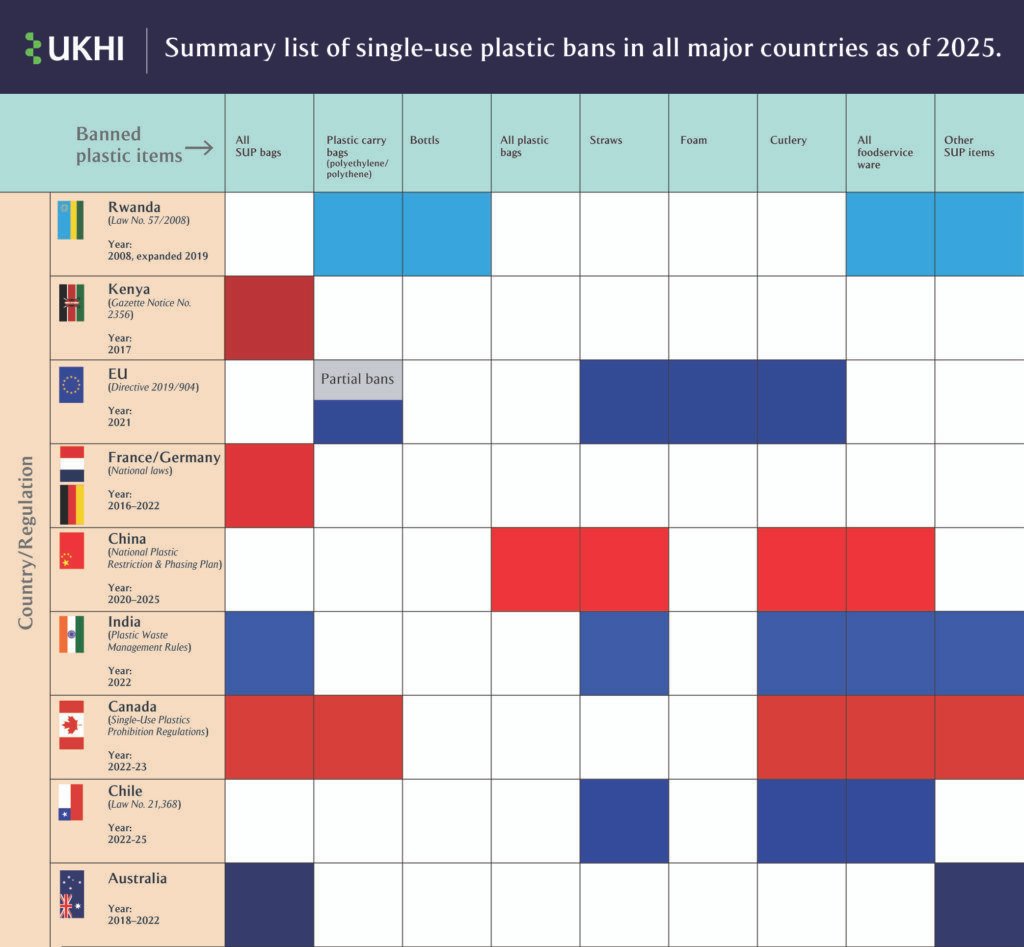
So, each country has adapted its laws to its local context. Some charge fees, others ban items outright, and others only restrict thin bags or specific sectors. But which SUP items have seen the majority of such legislation?
What items are most commonly banned?
The SUP bans normally target food and beverage packaging. Items commonly prohibited worldwide include:
- Plastic bags (commonly under 50 microns thick)
- Drinking straws
- Cutlery (forks, knives, spoons)
- Stirrers, food wrappers
- Plates, cups, and food containers (especially polystyrene foam)
- Cotton buds with plastic stems
The reason there’s such a strong focus on food packaging and shopping bags is that these items are often found littered in our streets, rivers, and oceans. Most of these items are used for just a few minutes, sometimes only seconds, before being tossed away.
In 2024, the EU amended the Regulation (EU) 2019/1020 and Directive (EU) 2019/904 to ban ultra-thin produce bags (under 15 microns). Mini shampoo bottles in hotels and shrink-wrap on suitcases were also among the prohibited items.
France also banned plastic packaging on 30 fruits and vegetables in 2022. Even produce stickers need to be compostable in the country.
However, exemptions and loopholes also exist. For instance, thicker plastic bags or compostable versions are often allowed (sometimes for a fee). Medical uses are also usually exempt.
This means that while bans are broadening, the definition of “single-use plastic” can differ from country to country.
Do plastic bans actually work?
Does banning single-use plastics really help? The data says yes but with important caveats.
Some countries have seen some sharp reductions in plastic bag use, for instance,
- In the UK, a bag charge cut supermarket plastic bag use by 98%.
- Kenya saw plastic bags disappear almost overnight.
- Australia’s Queensland reported a 70% drop in bag litter after the ban.
But there are challenges too. Enforcement is often weak or uneven in countries such as India. Industry pushback by plastic manufacturers and producers has also delayed or weakened bans in countries like Canada.
Moreover, when bans focus on one item, people sometimes just switch to another plastic product. They replace thin disposable bags with thicker reusable bags but still use them once.
Development and use of practical, affordable alternatives to single-use plastics could be what we need to drive more change.
What are the best alternatives to single-use plastics?
Plant-based materials that break down in nature are an important alternative to single-use plastic. These include:
Bioplastics and Compostables
Biopolymers are degradable materials made from biological sources such as fats, sugars, and proteins. For example, Ukhi’s EcoGran polymer makes use of agricultural waste, like hemp, nettle, and flax. And unlike conventional plastics, they’re home-compostable and designed for a circular economy.
Paper and Fiber Products
Paper straws, bagasse plates, and cardboard containers are other common replacements for single-use plastic. Cloth and jute bags, metal cutlery, and deposit-return systems for cups and containers are gaining traction worldwide.
New Innovations
Inventions in edible cutlery, mushroom foam packaging, and seaweed-based wrappers are another alternative. However, these face major economic and logistical barriers that limit their mainstream adoption.
Moving ahead, policy, business, and science need to work together to reduce the plastic pollution crisis. So, what’s coming next in the global fight against plastic waste? A Global Plastic Treaty is currently under negotiation. It plans to eliminate plastic pollution worldwide by 2040.
FAQs
1. Which countries have banned single-use plastics?
Over 90 countries, including Kenya, Rwanda, France, India, and China, have banned multiple single-use plastics.
2. What items are banned under single-use plastic laws?
Banned items in most countries include thin plastic bags, straws, cutlery, plates, foam containers, stirrers, and some packaging.
3. Is the United States banning single-use plastics nationwide?
No, the USA has no federal ban on single-use plastic. But states and cities make their own laws.
4. How effective are single-use plastic bans in reducing pollution?
Bans on single-use plastics have reduced bag litter in some instances. However, loopholes in regulations and inconsistent enforcement continue to reduce the environmental benefits of SUP bans in several countries.
5. What alternatives are replacing single-use plastics worldwide?
Bioplastics, compostable materials, reusable bags, and innovative packaging are some alternatives to SUPs.


